


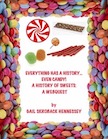
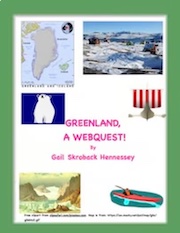



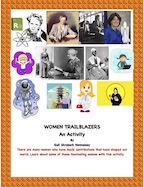
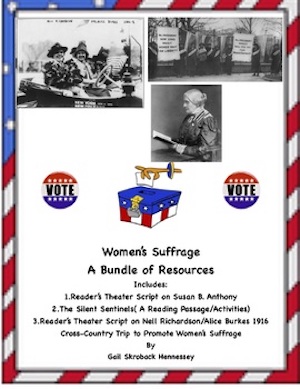
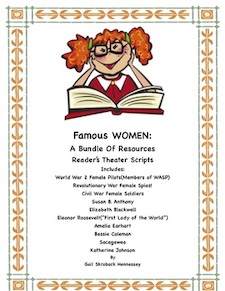
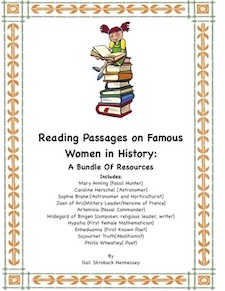

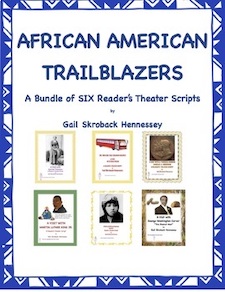
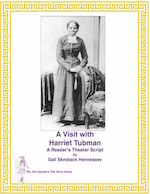
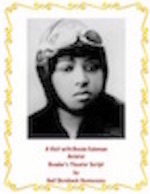
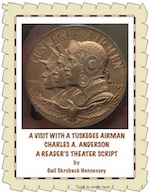
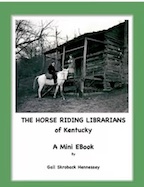


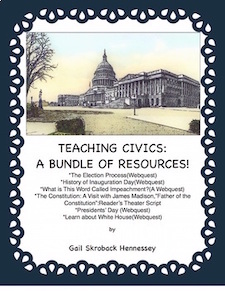
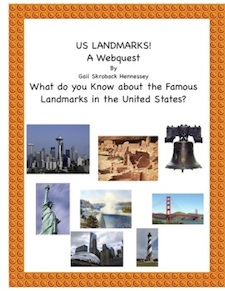

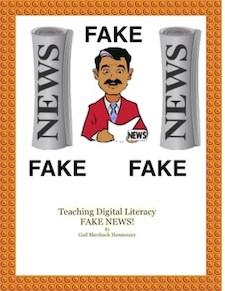
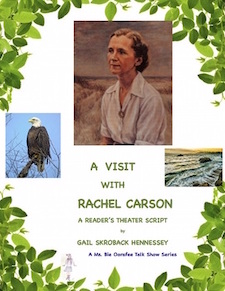
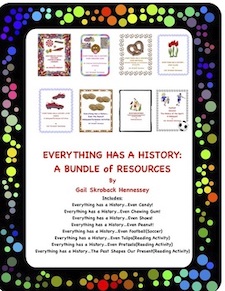
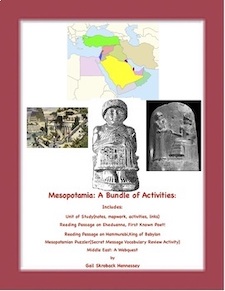
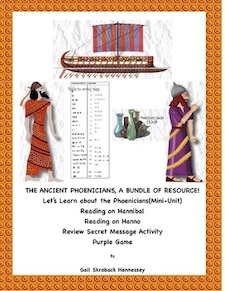
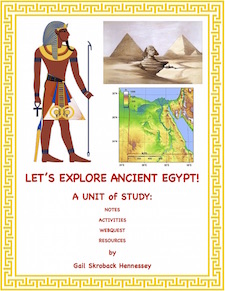
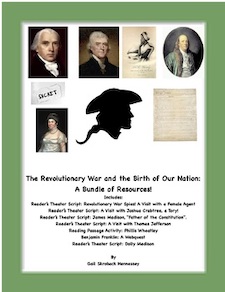
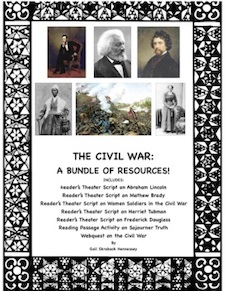
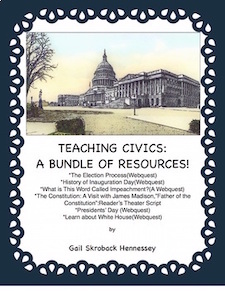

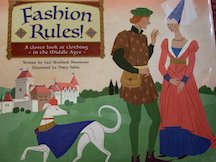
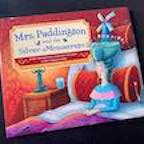
My Book-Mrs. Paddington and the Silver Mousetraps
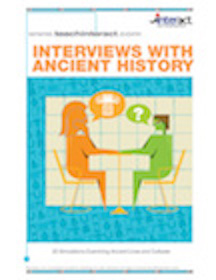


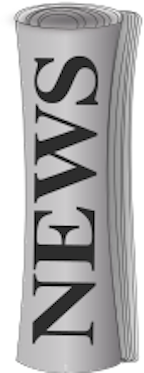

Anti-Bullying Resources

Bell Ringers!

Updated regularly
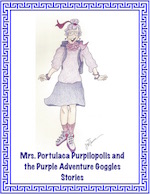
Mrs. Portulaca Purpilopilis
and the Purple Adventure Goggles




Facts to Wow your Friends!

 Teaching Ideas!
Teaching Ideas!
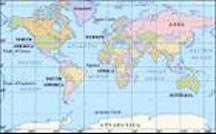
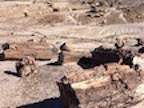

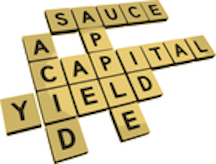

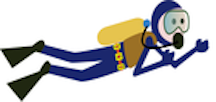

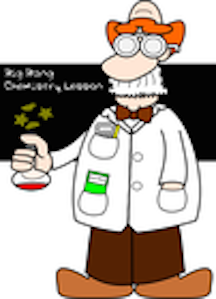
` `

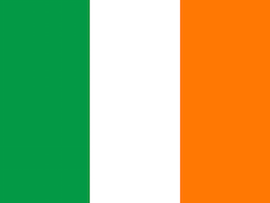
Be forewarned, driving down the narrow roads of Ireland is an
experience...but it’s the best way to see Ireland! Just watch out for
sheep and goats that stray into the roadways. My husband easily got
used to driving on the opposite side of the road, but from time to
time, especially around the round abouts, it’s good to have a co-
pilot to help navigate the driving!
If you arrive in Shannon, make sure you take in the Cliffs of
Moher. This is a spectacular view of cliffs plunging 700 ft. toward
the Atlantic ocean. Take a walk up the old O’Brian’s’ Tower (built
in 1835 to have a panoramic view of the area). You can see the ruins
of a fort made as a defense against Napoleon on Hogs Head in the
distance. From here, continue the winding narrow Irish roads(with
lots of stone fences on each side making the roads even more narrow
than they are!) towards the Burrens(North Clare). Theses limestone
formations are very beautiful. The area is said to be the only place
where Alpine and Arctic flowers can grow side by side. There are
also underground caves such as Aillwee near Ballyvaughn you can
visit. Man has inhabited the areas since the stone age times. In
fact, there are massive dolmens(rock formations which may have
originally been burial graves for children). One such dolmen, the
Poulnabrone, is said to be 4000 years old.
From Ballyvaughn, we headed down toward Tralee and the Dingle
peninsula. We stopped at Adaire to see the thatched village
houses. The Dingle Peninsula is great and I’d suggest you stay on
the peninsula. Take the drive out to the end called Slea Head. It’s
the closest point in Europe to America with fantastic views of the
rugged coastline. Stop to visit a clochan (beehive huts)along the
way. These stone huts were built without mortar by 7th century
monks in search of solitude. It is from this peninsula, St. Brendan
set sail in the 6th century for North America.
In Tralee, take in the rose garden which Tralee is famous for and
also walk by the mural on main street created in honor of St. Brendan
(the Christian monk said to have made the trip in the 6th century).

As you leave Tralee
toward Dingle, note the largest working windmill in Ireland called
the Blennerville Windmill.
On route to the Blarney Castle, I’d recommend a stop at Macroon. It
was such a great town to visit with parts of a medieval castle still
standing. The castle was given to William Penn’s dad and William
spent time here as a child before coming to America.
The Blarney Castle, built around 1446, is a treat to see and I’d
recommend the walk up to the battlement where the Blarney Stone is
found. It’s a bit unnerving bending backwards(with the opening below
you) to try and “kiss “ the stone, but there are people there to
assist in the effort. The story tells of a stone from the Wailing
Wall in Israel which was brought as a gift to the owner of the
castle. It was placed in the battlements of the castle. Legend says
the those who kiss the stone will receive the gift of eloquence in
return for a kiss.
If you can get to the Aryan Islands, it’s well worth a trip! We hired
a driver with a pony cart to take us around the island (4 1/2 miles
one way) to Dun Aengus Fort. We also took in the traditional Irish
music performance while on the island.
If you have the time and want to drive a very rural area, near the
Connamara area of Ireland, drive to the Oldest Perfumery in Ireland.
It is way off the beaten path and surprisingly, had several other
tourists there when we eventually found it.
On the other side of Ireland, make a stop at the prehistoric tomb,
New Grange, about one hour from the capital city of Dublin.
The Kerry Bog Ponies of Ireland
There once was a gentle pony from the Kerry region of Ireland. The
pony was usually a brown coloring with a black mane and tail. Others
were chestnut or grey with a flaxen or red mane and tail. People
thought this small but strong pony would be perfect for a particular
job. That job was the hauling of peat from the peat bogs of
Ireland.
Peat(turf) bricks have long been used by the people of
Ireland as an energy source and is found in water soaked grounds.
Peat bogs were too wet and soggy for a cart with wheels to be used.
The wheels just got stuck in the mud. So, the pony, a bit smaller in
size than a Shetland pony,was bred to bring the turf from the bogs
using a wooden wheel-less slide. These little ponies stood about
10-11 hands high and had a dished face something like that of the
Arab breed. After working hours pulling the slide filled with turf
from the bogs, the pony’s day was still not done. They were used to
pull iron banded carts with large rails(so large quantities of turf
could be carried) distances of twenty miles in one day to bring the
villagers their peat. At night , the bog ponies were left at the
side of the “boreen”(Gaelic for “road”) to graze. Unfortunately,
many owners didn’t treat the bog ponies very well when the day was
done. They “fethered”(one front leg tied to its back leg) the ponies
to prevent them from straying too far from the peat bogs. The nest
morning, they’d begin their work again. Little wonder, that these
ponies began to die out. Later during the Peninsular Wars in
Ireland, the ponies were used as pack animals for the British Cavalry
and their numbers decreased even more.
Long thought to be gone from the landscape of Ireland,
John Muhvihill , in 1987,came upon a twenty year old chestnut pony
with a flaxen mane in very poor health. It was a bog pony! John took
the pony home and nursed it back to health. Soon after, he found
another bog pony mare.
Today, John is working hard to see that the bog ponies have a
future. At John’s Kerry Bog Village Museum, near the Ring of Kerry,
Glenbeigh, he is raising bog ponies. He feels strongly that these
ponies who brought “Irish Gold” or turf to the people of Ireland
deserve to be saved.
